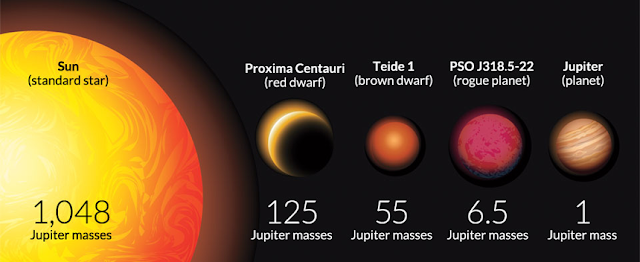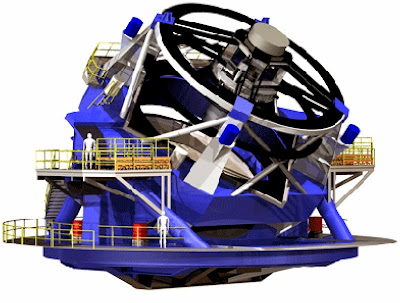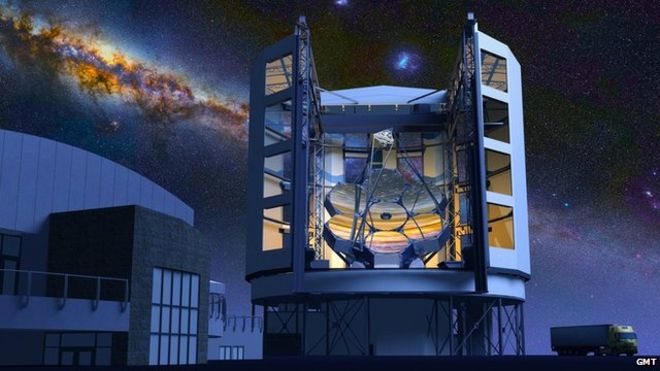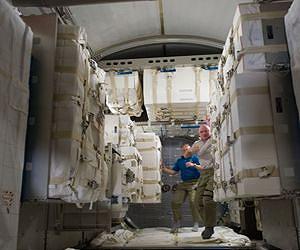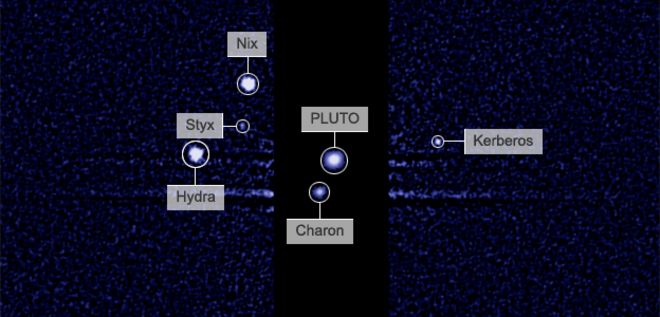ScienceRocks
Democrat all the way!
- Thread starter
- Banned
- #841
LightSail Sends First Data Back to Earth
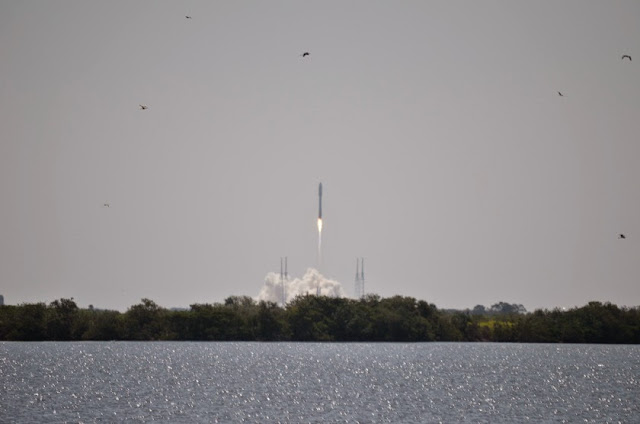
The Planetary Society’s LightSail spacecraft is sending home telemetry data following a Wednesday commute to orbit aboard a United Launch Alliance Atlas V rocket. Deployment from the Centaur upper stage occurred at 1:05 p.m. EDT (17:05 p.m. UTC), and LightSail crossed into range of its Cal Poly San Luis Obispo ground station at 2:20 p.m....

The Planetary Society’s LightSail spacecraft is sending home telemetry data following a Wednesday commute to orbit aboard a United Launch Alliance Atlas V rocket. Deployment from the Centaur upper stage occurred at 1:05 p.m. EDT (17:05 p.m. UTC), and LightSail crossed into range of its Cal Poly San Luis Obispo ground station at 2:20 p.m....

